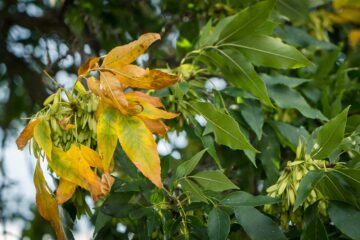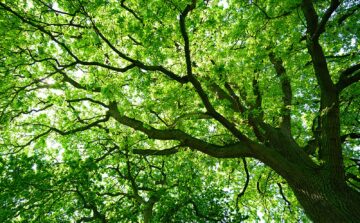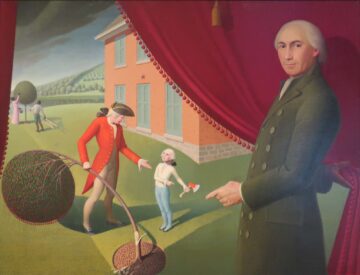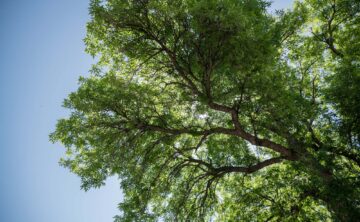Your Local Tree Experts
Your Local Tree Experts
Tree Care Service for the Minneapolis Area
Rainbow Treecare’s Consulting Arborists are all Certified by the International Society of Arboriculture (ISA) and are individually assigned to neighborhoods throughout the Minneapolis and St. Paul metro. This allows our experts to provide the best tree care recommendations and services to your property.
Ready to Get Started?
Consulting & Diagnosis
Consulting & Diagnosis
Our experts can identify, assess, diagnose, and provide treatment options for any landscape tree or shrub commonly found in the Twin Cities metro.
Learn More
Tree Trimming & Pruning
Tree Trimming & Pruning
Regular pruning is an essential maintenance practice that encourages proper growth and prevents decay and disease.
Learn More
Emerald Ash Borer
Emerald Ash Borer
Protect your large, well-placed, healthy ash tree and retain the benefits of a mature tree while preserving our urban canopy.
Learn More
Customer Reviews
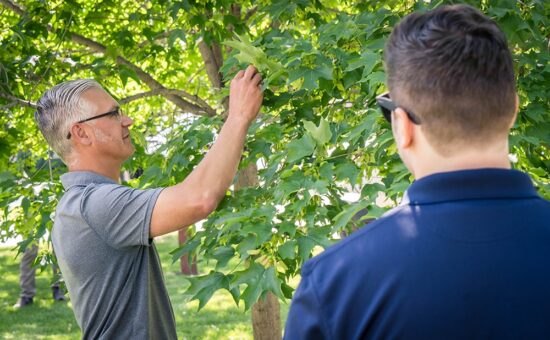
Rainbow's Tree Care Experts
Meet our team of trusted professional Consulting Arborists who are passionate about trees. We listen to our customers and their objectives and create proactive management plans that provide for healthy and beautiful landscapes.

